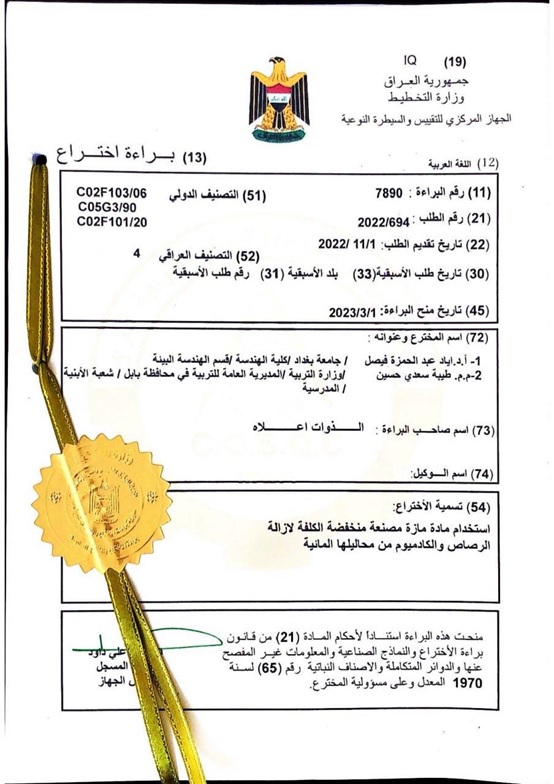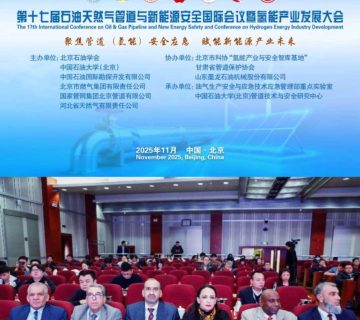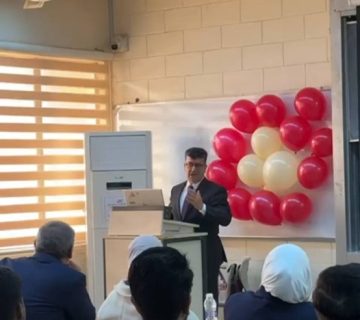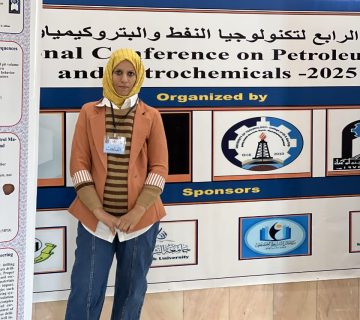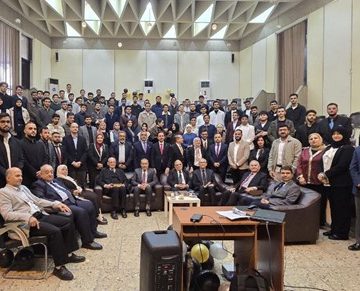Prof. Dr. Ayad Abdulhamza Faisal, Head of the Environmental Engineering Department, obtained a patent from the Central Agency for Standardization and Quality Control \ Ministry of Planning. It titled:
“Using a manufactured low-cost adsorbent to remove lead and cadmium from its aqueous solutions”
The patent is part of a PhD thesis of the student Teeba Saadi Hussein, which included the following:
The focus point of this study is represented by manufacturing of new sorbent that can be applied in permeable reactive barrier (PRB) technique for the treatment of simulated water (aqueous solution) contaminated with inorganic materials especially Lead (Pb), and Cadmium (Cd). The novelty includes the utilization of alum as cheapest compound and Plaster Kiln Dust (PKD) by-product waste resulted from gypsum industry and Cetyl trimethyl ammonium bromide (CTAB) in the production of Nano-sized Layered Double Hydroxide (LDH) of Aluminium (Al+3) and Calcium(Ca+2) and immobilized on the iron-slag surfaces (by-product waste resulted from steel iron industry) to create novel sorbent named “iron-slag coated with (Ca/Al-CTAB)-LDH”. This innovation was applied at the University of Baghdad/ College of Engineering/ as part of PhD thesis. The synthesis parameters require CTAB 0.035 g/50 mL, pH 10, (Ca/Al) molar ratio 2, and dosage of iron-slag 1 g/50 mL. All tests proven 1- batch tests that the prepared material has acceptable efficacy in the remediation of water contaminated with mentioned contaminates. For initial contaminate concentration of 50 mg/L, more than 99.5% of Pb and 99.3% Cd were removed under initial pH (5 for Pb) & (7 for Cd), time 60 min, sorbent dosage 0.5 g/50 mL, and speed 250 rpm 2- Continuous column tests were conducted for duration not less than 25 days, the longevity of prepared sorbent in packed column increased dramatically with decreasing of flow rate and inlet concentration of contaminant as well as increasing of sorbent mass. In addition, this material can be reused with an efficiency of no less than 83% to remove pollutants after 9 recycles, which proves that the material is highly effective and suitable for reuse.

